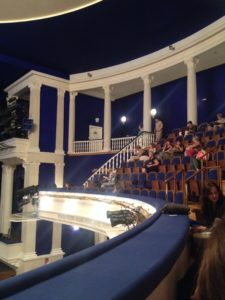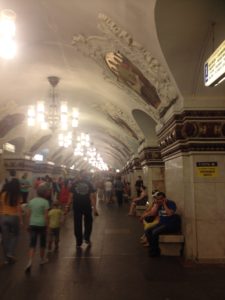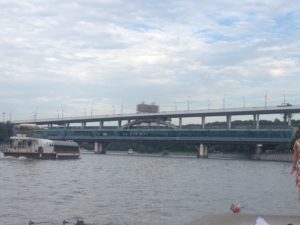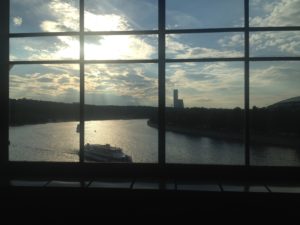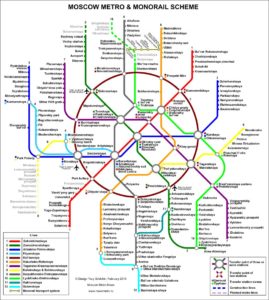1. Reflect on your language learning and acculturation during your SLA Grant experience.
Perhaps most importantly I realized while abroad how many gaps in my language skills there were. My expectation had been that at the very least I would be able to function in day to day life in Moscow. Upon arriving, I all at once realized how very little I knew, especially with day to day tasks like ordering a coffee. However, it helped me realize very quickly what I needed to focus on while studying Russian which I would not have figured out in the States. Additionally, I discovered that the Russian I had been learning in class was very different from spoken Russian. I picked up on nuances and how Russians thought by the phrases I kept hearing over and over. For example, when I understood something, I wouldn’t say “I understand” but rather “[This is] understood”. Over the summer, I acquired a bunch of stock phrases; some of which I am still not certain how they’re spelled but I know how to pronounce and use. At the beginning of the summer, my goals were rather nebulous but my progress is certainly what I wanted it to be.
2. Reflect on your SLA Grant experience overall.
Although my bank account is now almost empty, I am very glad I went to Russia. Even though it was only a short amount of time, I made sure to experience as much as I could. At times Moscow seemed like such a foreign, fairy tale-esque place and at other times it seemed as familiar to me as my own hometown. The most important insight I gained was simply how to exist so outside of my comfort zone and away from a support system. It’s something one can never really prepare himself or herself for and it’s something I would recommend anyone planning on studying abroad to fully embrace. Something I didn’t expect to learn was to appreciate how difficult it is to learn a new language as an adult. It helped me appreciate even more the struggles my parents have gone through as immigrants. Not being able to communicate can be so frustrating and isolating at times but also allows room for creativity. In addition to fully embracing the foreignness, I would also recommend anyone planning to study abroad to stay away from English speakers. It can be really easy and comforting to only spend time around English speakers, but one will lose the mentality of the other language and waste the time of being abroad. Furthermore, as far as language acquisition is concerned, one will pick up more language walking around and being surrounded by the language than locked up in a room, studying from books. One can do that back home; but the constant environment isn’t so easily replicated.
3. How do you plan to use your language and intercultural competences in the future?
As soon as my Advanced Russian class started this semester, I was so grateful that I had spent the summer in Russia. I would never have developed the listening comprehension to feel comfortable with the fluid Russian. Even having only been in the States for a few short weeks, I can already feel the Russian slipping away (although I still sometimes accidentally thank people in Russian) but I make sure to keep up with my Russian friends and Skype them on occasion. As I get more settled into a regular schedule, I plan to incorporate more movies and music in Russian into my daily life to at the very least to try and recreate the background Russian I was so used to in Moscow. I look forward to someday returning to Moscow (preferably sooner than later) and incorporating the language in a professional sense, whether that be when treating patients or in the international research community.

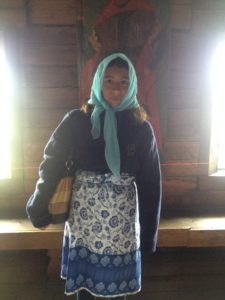
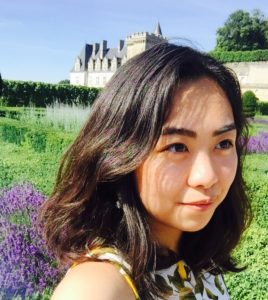
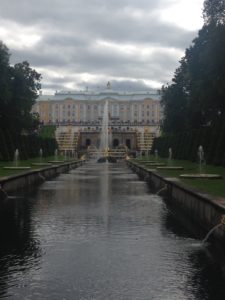
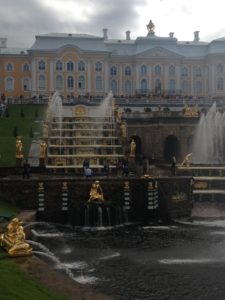
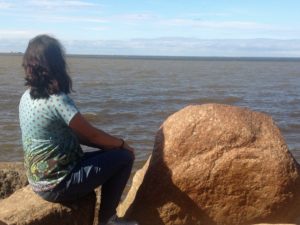
![IMG_2185[1]](http://blogs.nd.edu/sla2016/files/2016/07/IMG_21851-300x225.jpg)
